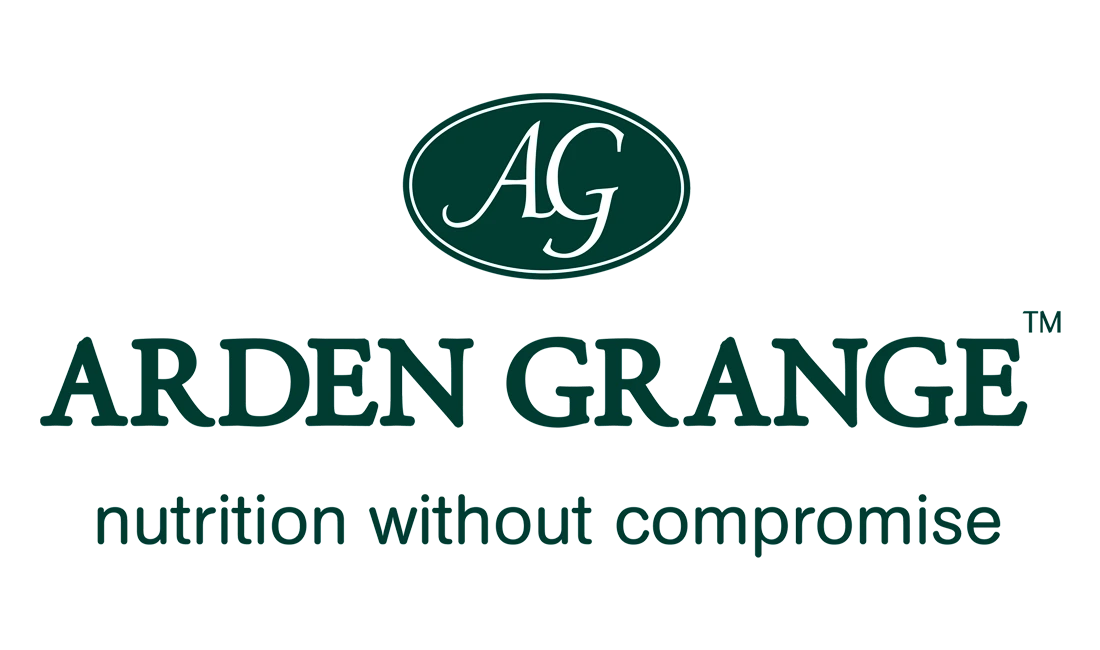Inappetence in cats
It is always a concern when a cat fails to eat. There may be a dramatic change in appetite; for example, a cat that has always eaten enthusiastically going off his or her food completely, or a gradual decline in interest towards a particular type of food. In any case, this is not a problem that can be ignored. It is vital that your cat eats enough to provide the energy and nutrients that are essential for good health and vitality.
Inappetence in cats is a particular risk since a very serious condition called hepatic lipidosis, also known as “fatty liver syndrome”, can develop if their calorific requirement isn’t met. Fat is removed from its reserves where it is converted to lipoproteins which are used for energy. The feline liver cannot convert large fat stores, and thus fat released to the liver cannot be efficiently processed.
As owners, we like to see our cats enjoying their food, as this is an important part of the daily routine from which our pets should gain pleasure. It is important to seek veterinary advice if your cat has become inappetent so that medical causes such as dental problems can be ruled out.
Cats are sensitive creatures, and they can become stressed for many reasons. This can have a negative impact upon appetite, and also toileting behaviour, so it’s a very important consideration. Has anything changed in the household that may be responsible? A new addition to the family, be it a baby or another pet, can be quite disturbing to some sensitive felines. Make sure you cat feels comfortable and secure and ensure that he or she has a quiet place to eat away from any distractions or competition from other animals. If you have more than one cat, it may be wise to feed them separately.
Cats can be fastidious. Make sure each meal is served in a clean bowl, with no residue of unpleasant tasting detergent present. Ceramic bowls are more easily rinsed and less likely to retain soap traces. Some cats do like to graze and will go back and forth to a dry meal throughout the day, but do make sure old food is not left hanging around for too long. Uneaten wet or fresh food should be picked up and discarded as soon as possible.
Cats are sensitive to the freshness of their food, so make sure dry products are correctly stored in an airtight container away from heat and sunlight. They can quickly detect degradation and oxidation, and a very discerning eater may prefer food that has only recently been opened. Smaller packs can therefore be very advantageous under such circumstances.
Wet food straight from the fridge can be too cold for some cats to enjoy. Prepare meals a little in advance to allow the food to come up to room temperature before serving, covering the bowl to prevent it attracting flies, particularly in warmer weather. If this is too time-consuming, consider purchasing single serve pouches or foils rather than larger cans.
Cats thrive on routine, and familiarity helps them develop more confidence. Cats can be upset by changes to their feeding arrangements and be suspicious of new foods. Take care when changing brands, and be aware that you may need to mix the original diet with the new food for some time, gradually increasing the new and decreasing the old, until your cat is comfortable with the new product. This wary behaviour is called food neophobia and has been proposed as an inherent strategy originally employed by wild cats to avoid poisonous foods.
Some cats prefer dry food, some prefer wet. Many owners prefer the convenience and economy of dry food. For cats who are reluctant to eat dry food, consider soaking it with a little warm water for about half an hour prior to serving to soften it. Do check with the manufacturer, though, as this may not be advisable for some brands (although this is fine to do with Arden Grange products). You can also heat the soaked food in a microwave, just for a few seconds in a non-metallic dish to bring it up to body temperature, which brings out the aroma. Cats rely heavily on their sense of smell when deciding what is good to eat and what’s not.
Some commercial brands rely on added salt and artificial flavourings to enhance palatability, but many owners prefer to offer their cats a more natural diet which relies on high levels of meat or fish to tempt the taste-buds. Studies show that cats do choose higher protein diets over lower protein feeds (true to their obligate carnivorous status), so look for feeds that include generous levels of protein rich ingredients. Cats can still take time however to adapt to a new diet, so do be patient and introduce your preferred food slowly and carefully for better success with acceptance. Mix products well to prevent clever cats differentiating and leaving the new product and only eating the original food. When looking at wet food in particular, pay attention to whether the food is “complete” (includes all the essential nutrients) or “complementary” (designed to be fed only as a part of the cat’s overall diet). Complete foods are safer and will contain the correct level of taurine, arginine and arachidonic necessary for your cat’s good health, but adding some complementary food or using it short-term can help encourage a fussy eater if the product is enjoyed and well digested.
Cats are not able to move their jaws sideways, and they cannot grind their food, so if using kibble, the size, density and texture are important. Cats may be deterred by very rough textures, and studies have shown that circular kibble may be preferable to other shapes. Having said that, individual cats all have their own quirks, so you may need to experiment to find out what suits your own cat the very best, particularly if you take on a rescue where previous preferences may be unknown. Cats lack a sweet taste receptor and prefer meaty flavours, but they are still attracted to sugar if diluted in water, which is why great care should be taken not to leave things like antifreeze in reach.Some studies have shown that feline taste sense and food preference is formed very early in life, so by the time a kitten is six months old, dietary habits may already be set. Cats only have around 500 taste buds, compared to the 1700 of dogs and 9000 of humans, but they are very finely attuned.
Concentrated products with a higher calorie content can be useful for the discerning eater because the smaller volumes required may be more acceptable to a cat with a low appetite. Studies have shown that domestic cats have inherited the behavioural strategies used by their ancestors to cope with an unpredictable food supply. If food is unlimited, cats will eat little and often. A key factor is clearly whether the cat is actually hungry or not. If he or she is reluctant to eat some meals but not others, it could be that more food than what is necessary has been provided, so do check volumes.
Additions to the main diet such as treats and titbits can provide a considerable amount of extra calories if you add them together. Outdoor cats may also be supplementing their diet by hunting. Cut back or eliminate treats if given, and assess whether extras could mean that a little less of the main diet would be indicated.
As a responsible and ethical company, Arden Grange fully appreciates the caution that must be taken when discussing the potential benefits of our diets and ingredients. It is against the law to make medical claims. Whilst our foods and ingredients are safe and natural, and may be beneficial to some of the cats fed on Arden Grange, we must highlight that they are not a substitute for veterinary intervention in the case of a sick animal.


 Puppy
Puppy
 Adult
Adult
 Senior
Senior
 Sensitive
Sensitive
 Treats
Treats Kitten
Kitten
 Adult
Adult
 Senior
Senior
 Trusted British Brand
Trusted British Brand

